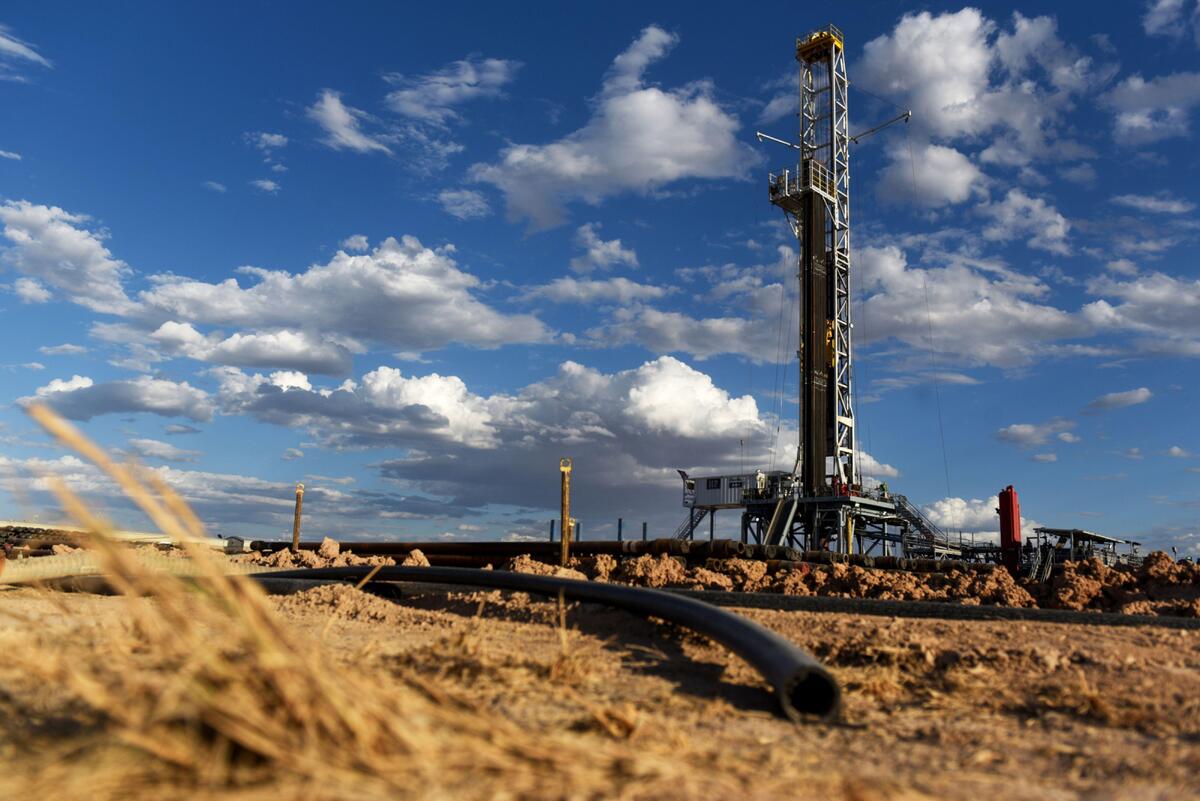Fracking Wastewater Injection Wells Linked to Earthquakes

The scientists presented their findings at the American Geophysical Union meeting. Some US states, like Oklahoma, Texas, and Colorado have experienced a significant rise in seismic activity in the last few years, coinciding with a recent boom in fracking, a process that forces gas from harder to reach underground deposits by injecting water and chemicals into shale rock, the Scitechdaily reported.
Fracking produces large quantities of wastewater, which is typically disposed of in deep wells. There is still a debate whether the disposal of this wastewater can cause unusual seismic activity and most states don’t consider earthquake risks when allowing drilling companies to dispose of large quantities of chemical-laden drilling water.
Hydrofracking produces much more wastewater than conventional oil and gas drilling. The wastewater injection wells, which are often the cheapest disposal option for drilling companies, are the main culprits for the increased seismic activity.
Ninty percent of the fracking wastewater in the USA is disposed in injection wells. Since 2010, Oklahoma residents have felt more than 250 quakes, significantly more than the one to three per year that had been the norm for decades.
The largest quake in the state’s history, a 5.7 magnitude, damaged 200 buildings and was likely a result caused by fluid injection. Aftershocks were mapped to fault patterns to indicate how pressure built up over time from wastewater from different fracking operations.
Other USGS scientists looked at a series of earthquakes since 2001 in the Colorado and New Mexico Raton Basin. They also concluded that these quakes were also the result of wastewater injections, finding that the likelihood that a rise in the rate of naturally occurring quakes greater than a magnitude 3.0 is extremely low.
Hydrofracking has become more common in the last ten years, and oil as well as gas drillers have used tens of thousands of injection wells in these regions. It’s difficult to pinpoint the exact causes of the trends because most of the studies have looked at individual earthquakes and some injection wells seem to cause quakes, while others do not.
4155/v





















